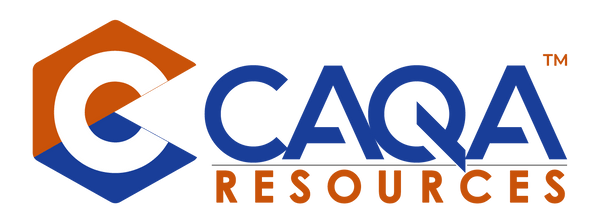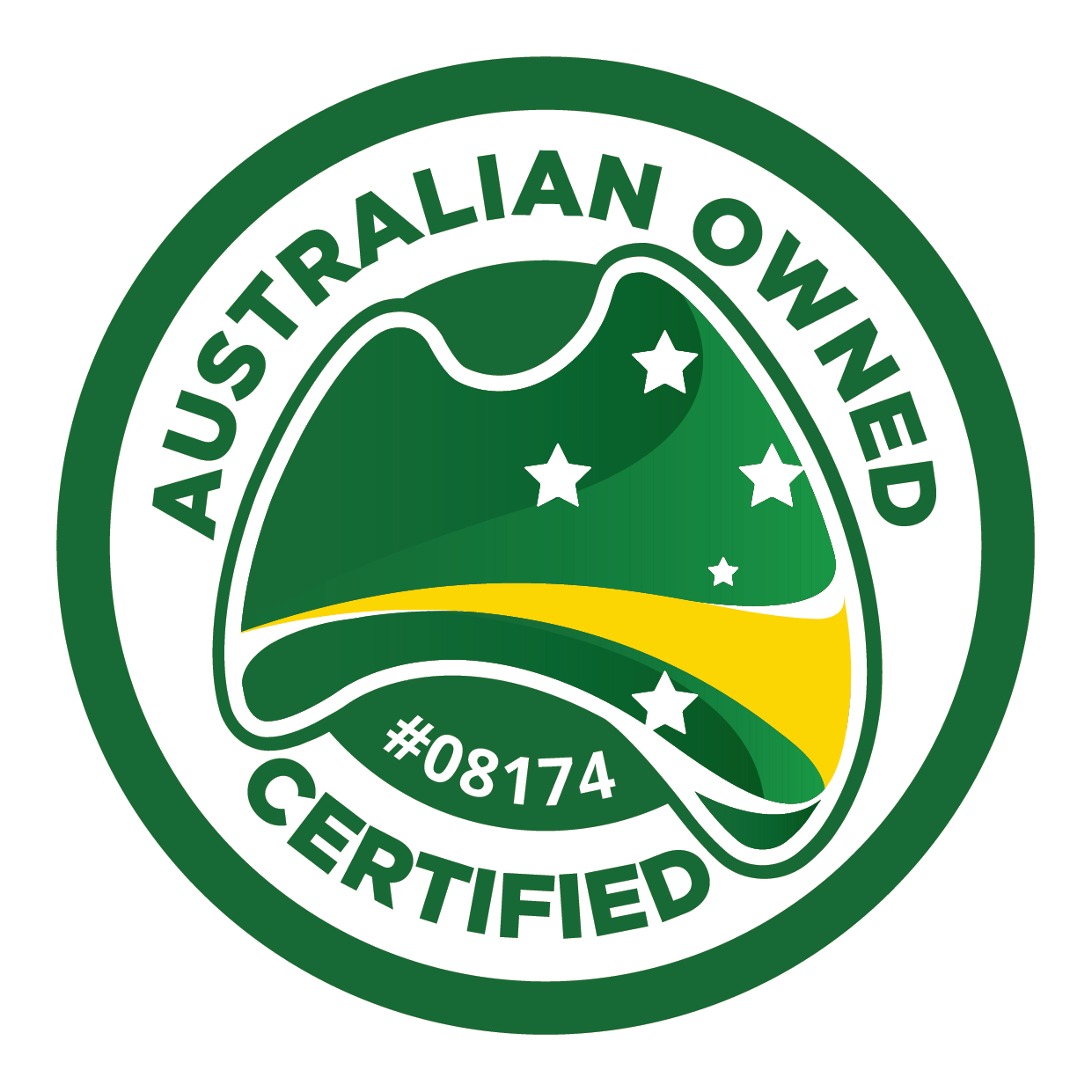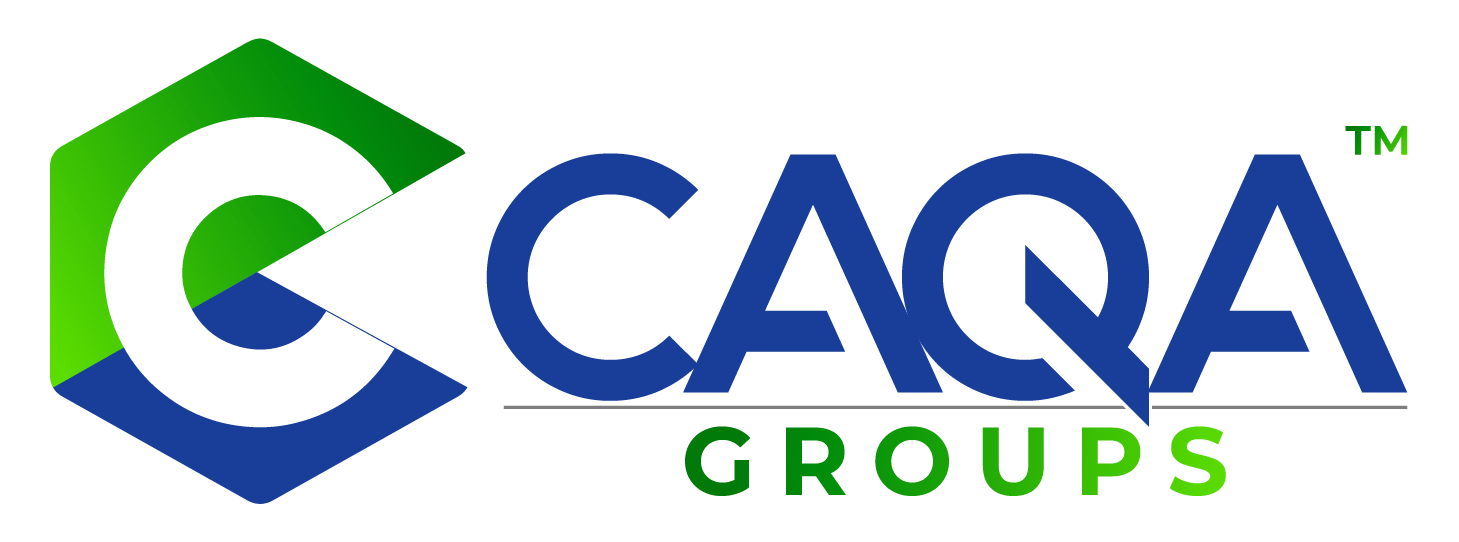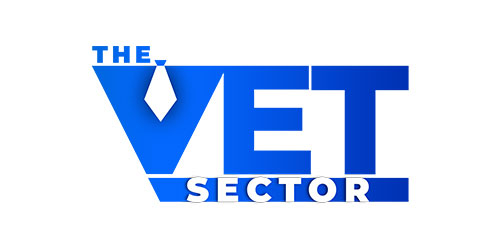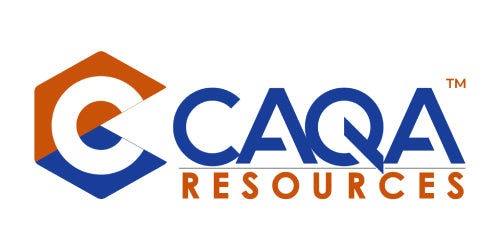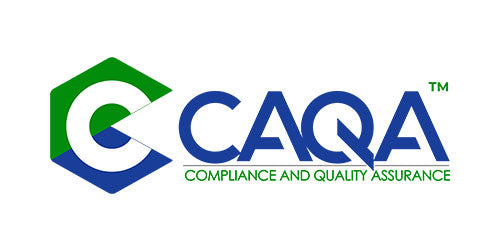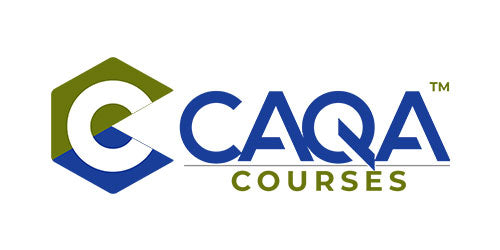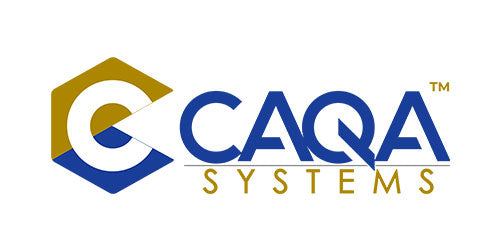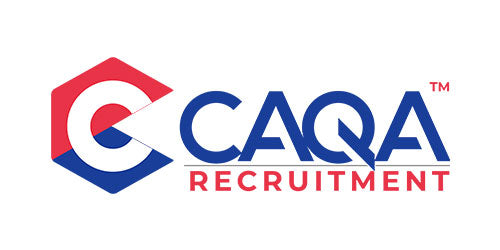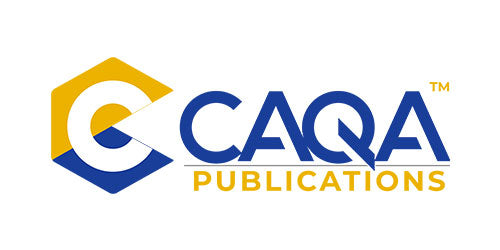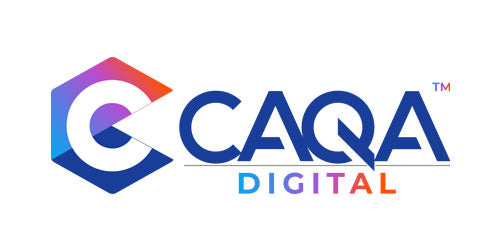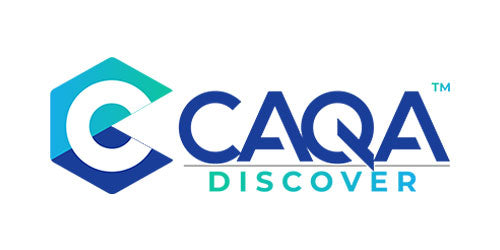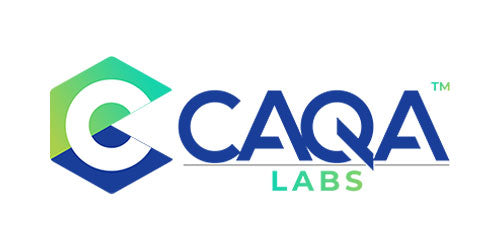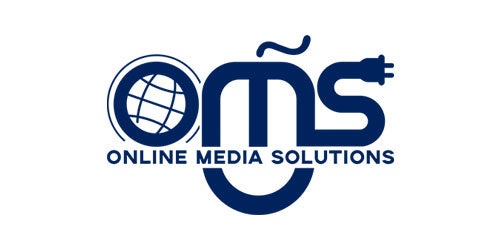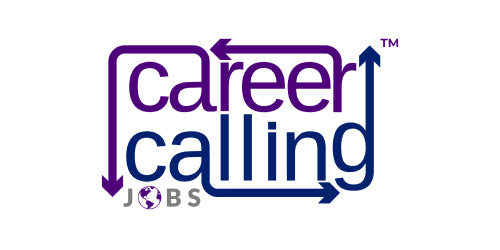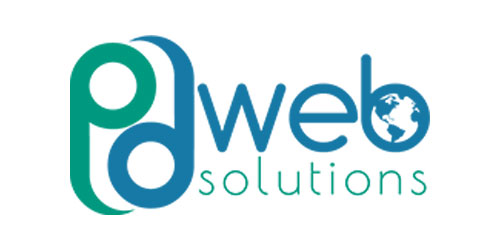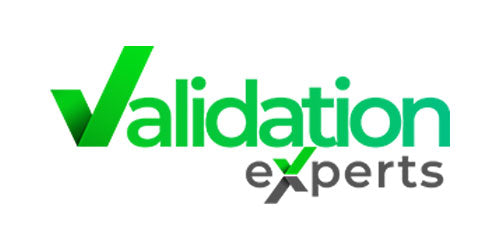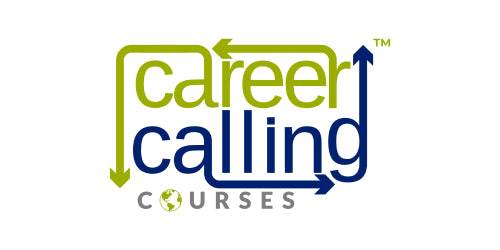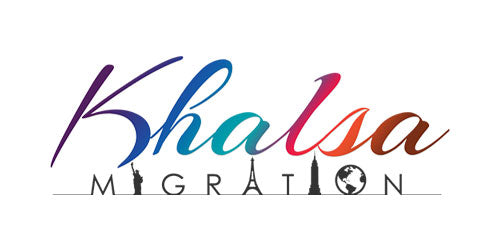Compliance is a crucial aspect for Registered Training Organisations (RTOs) to maintain their reputation, credibility, and legal standing. To ensure compliance, RTOs must have the right resources and strategies in place. In this article, we will explore effective strategies and best practices to help RTOs stay ahead of the game and meet their compliance requirements successfully.
Understand Regulatory Frameworks:
Stay up to date with the latest regulatory frameworks, including the Standards for Registered Training Organisations (RTOs) 2015. Familiarise yourself with the requirements and ensure your resources align with these standards
Develop a Compliance Plan:
Create a comprehensive compliance plan that outlines your strategies and procedures for meeting compliance obligations. Include steps for resource evaluation, maintenance, and improvement to ensure ongoing compliance
Conduct Regular Internal Audits:
Perform regular internal audits to assess the effectiveness of your resources and identify any areas of non-compliance. This proactive approach will help you address issues before they become significant problems.
Implement a Resource Management System:
Establish a resource management system that tracks and manages your training and assessment materials. This system should include processes for version control, updating content, and ensuring accessibility.
Engage with Industry Experts:
Collaborate with industry experts, consultants, or compliance professionals who have extensive knowledge and experience in the RTO sector. Their expertise can provide valuable insights and guidance to ensure compliance.
Continuous Professional Development (CPD):
Encourage your trainers and assessors to engage in continuous professional development activities to stay updated with industry trends, regulatory changes, and best practices. This will enhance their knowledge and enable them to deliver high-quality training and assessment.
Regular Staff Training:
Provide regular training sessions for your staff on compliance requirements and best practices. This will ensure that everyone involved in the delivery of training and assessment is aware of their responsibilities and can contribute to maintaining compliance.
Establish Quality Assurance Processes:
Implement robust quality assurance processes to monitor and evaluate the effectiveness of your resources. This can include feedback from trainers, assessors, and learners, as well as regular reviews and revisions of your materials.
Collaborate with External Validators:
Engage external validators or auditors to review your resources and provide feedback on their compliance with regulatory standards. This external perspective can offer valuable insights and help identify areas for improvement.
Maintain Comprehensive Documentation:
Keep detailed documentation of your resource development, updates, and reviews. This includes evidence of consultation with industry stakeholders, validation processes, and evidence of continuous improvement efforts.
Conclusion:
Staying ahead of the game in terms of compliance is essential for RTOs to maintain their reputation and legal standing. By implementing effective strategies and best practices, such as understanding regulatory frameworks, conducting internal audits, engaging with industry experts, and maintaining comprehensive documentation, RTOs can ensure their resources meet compliance requirements. Continuously reviewing and improving your resource management processes will contribute to a culture of compliance within your organisation and position you for success in the dynamic RTO landscape.
Suggested Read: 10 Principles - What it takes to run a compliant vocational education and training (VET) organisation









